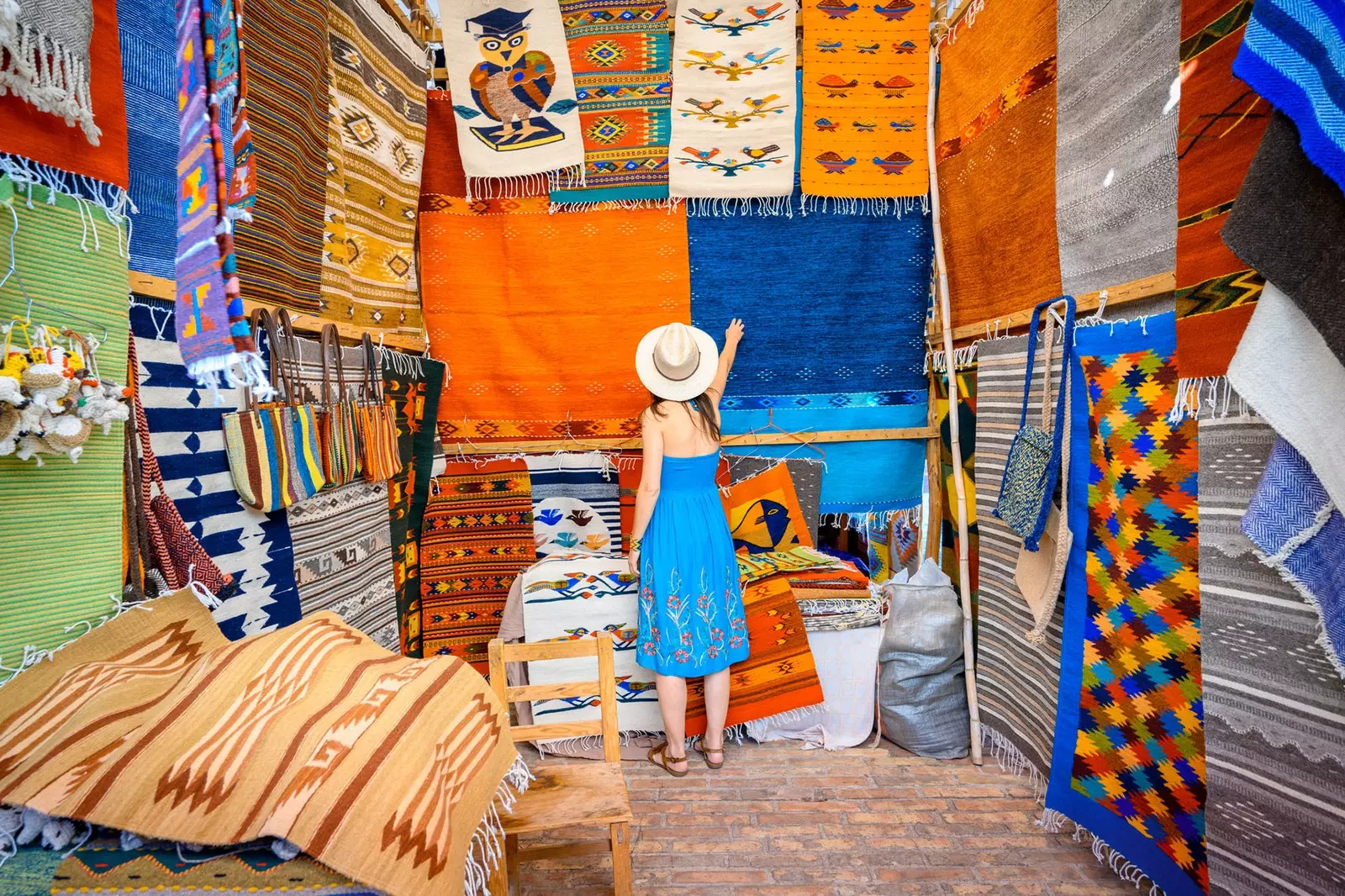
What role do souvenirs play in cultural appropriation?
For travelers with iron ethics, cultural appropriation it can, and should be, a weighty concern. Debates on the subject have raged on social media for years. We've come to a point, where most people know and understand that they shouldn't go to a music festival wearing a Native American style headdress and that wearing traditional costumes as a Halloween costume is not the right thing to do. . Nevertheless, when it comes to the souvenirs we buy when we travel, things get fuzzy.
By definition, souvenirs are designed to remind us of a place in the world that is not ours. There are those who maintain that traveling is precisely about this exchange. However, not falling into cultural appropriation can be difficult when you find yourself in a market on the other side of the world having only been in contact with the local culture for a few days. Unfortunately, even with the best of intentions, mistakes are made leaving a question unanswered: What obligation do travelers have to ensure that their purchases do not cause problems?
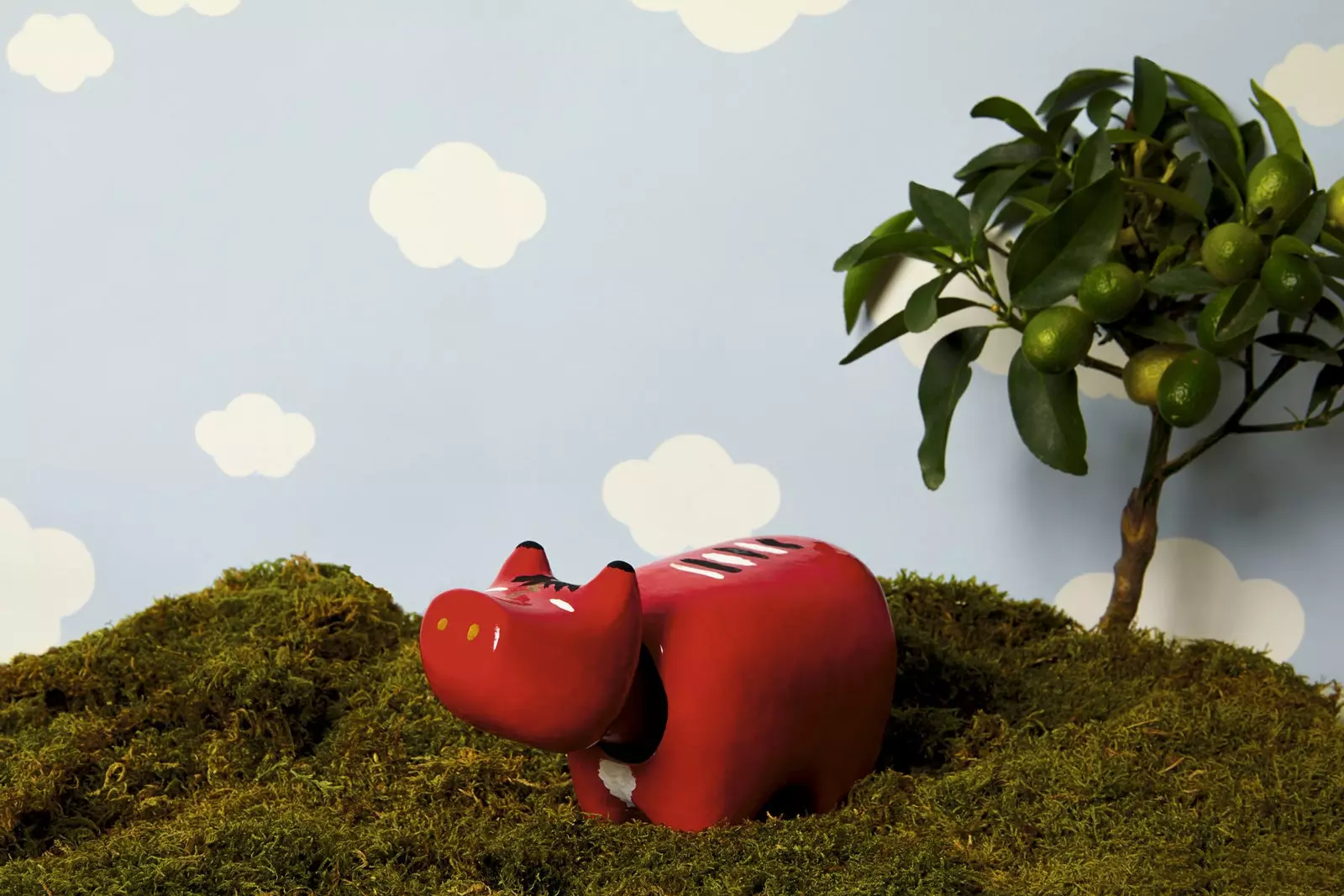
The akabeko (or red cow) is the symbol of the Japanese region of Aizu
“From a cultural point of view, even from the first contact between Hawaiians and the outside world, there was already a desire to give away and exchange”, explains Noelle Kahanu, a specialist in the public humanities and Native Hawaiian programs at the University of Hawaii at Mānoa, who also has experience in historic preservation and cultural issues on the mainland. “Hawaiians wanted to project their [mana], or things that mattered, that shaped who Hawaii was. That desire to manifest [these things] in other places is something that has been with us for centuries.”
Knowing this context leads us to ask ourselves how we want to perpetuate this tradition. “The question, therefore, is what is the objective [for which this exchange occurs]?” says Kahanu, who wonders if Souvenirs are sought as a way to preserve memories, if you buy what you want is to support the community of local artists; or if it has more to do with finding something to meet vague needs, like bringing any trinkets for someone expecting a gift on our return or bringing us something “relatively tropical” just because it might look great in the new guest bathroom.
Kahanu encourages travelers, both in Hawaii and elsewhere, to reflect on the intentions of the trip itself: why you are traveling, where you are going and the footprint you are leaving. This stopping to think will lead to richer experiences and will help the traveler to discover souvenirs with which they have a true bond.
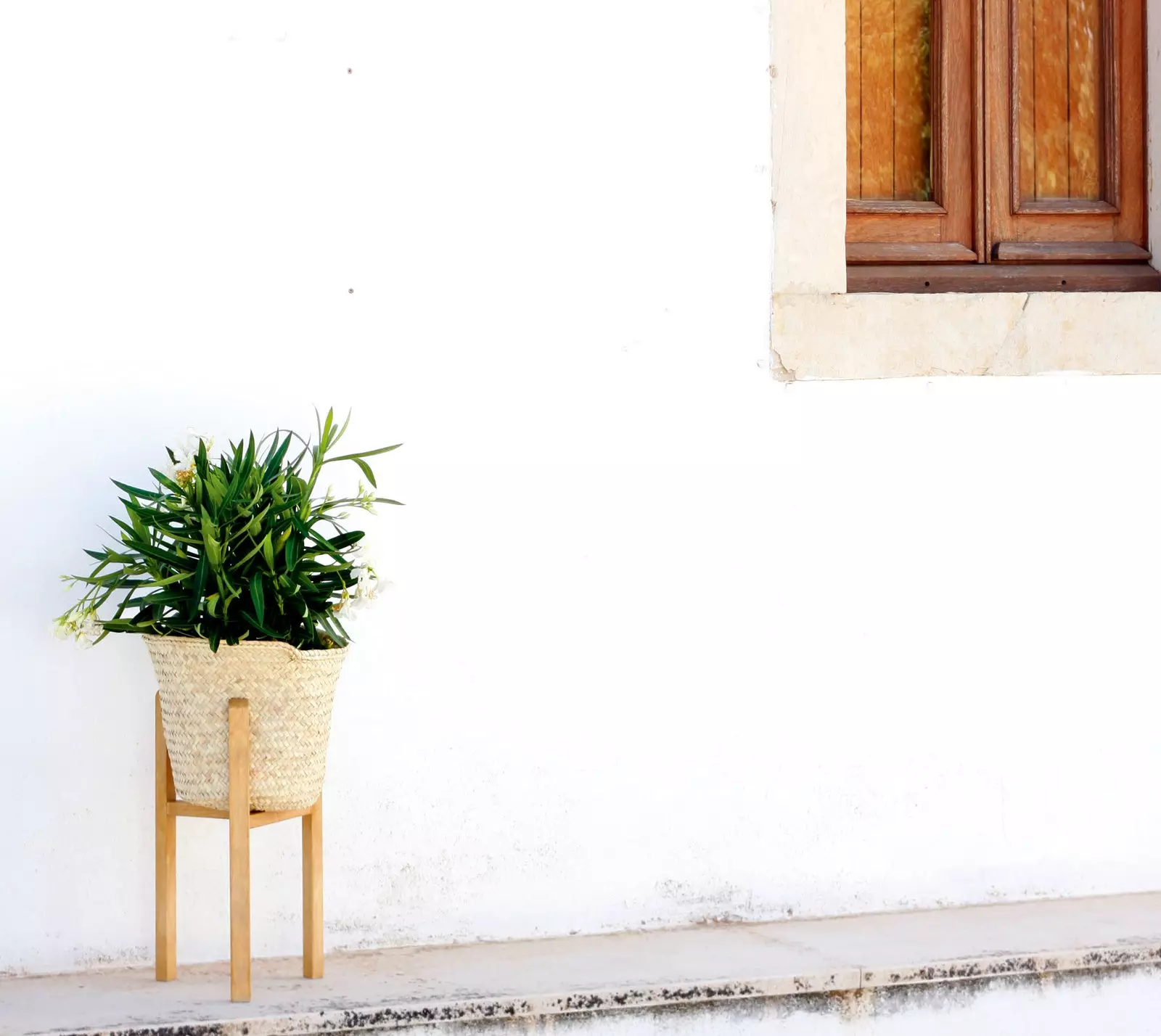
Getting a piece of the TASA project, like this basket, is contributing to the safeguarding of traditional arts
However, as far as purchasing process As it relates, there are several things to keep in mind. Nasozi Kakembo, owner and founder of xN Studio, a fair trade store focused on home décor, she selects and sells objects on her website in the same way that she believes that travelers should approach buying things from other cultures, either in a store located on the other side of the world or online.
“When I am writing the description [for a product] on the web, I prioritize the original meaning and context of the object and its values, besides selling it for its aesthetic virtues”, says Kakembo. “The story has as much value for me as the object itself and I want anyone who reaches my channels to have this information as well.”
For Kakembo, telling the story well, in a way that helps her feel comfortable selling products made in Uganda, for example, to American customers, requires understand the cultural context of the object where it came from, as well as be accurate in using the correct names for the piece and the people who created and used it.
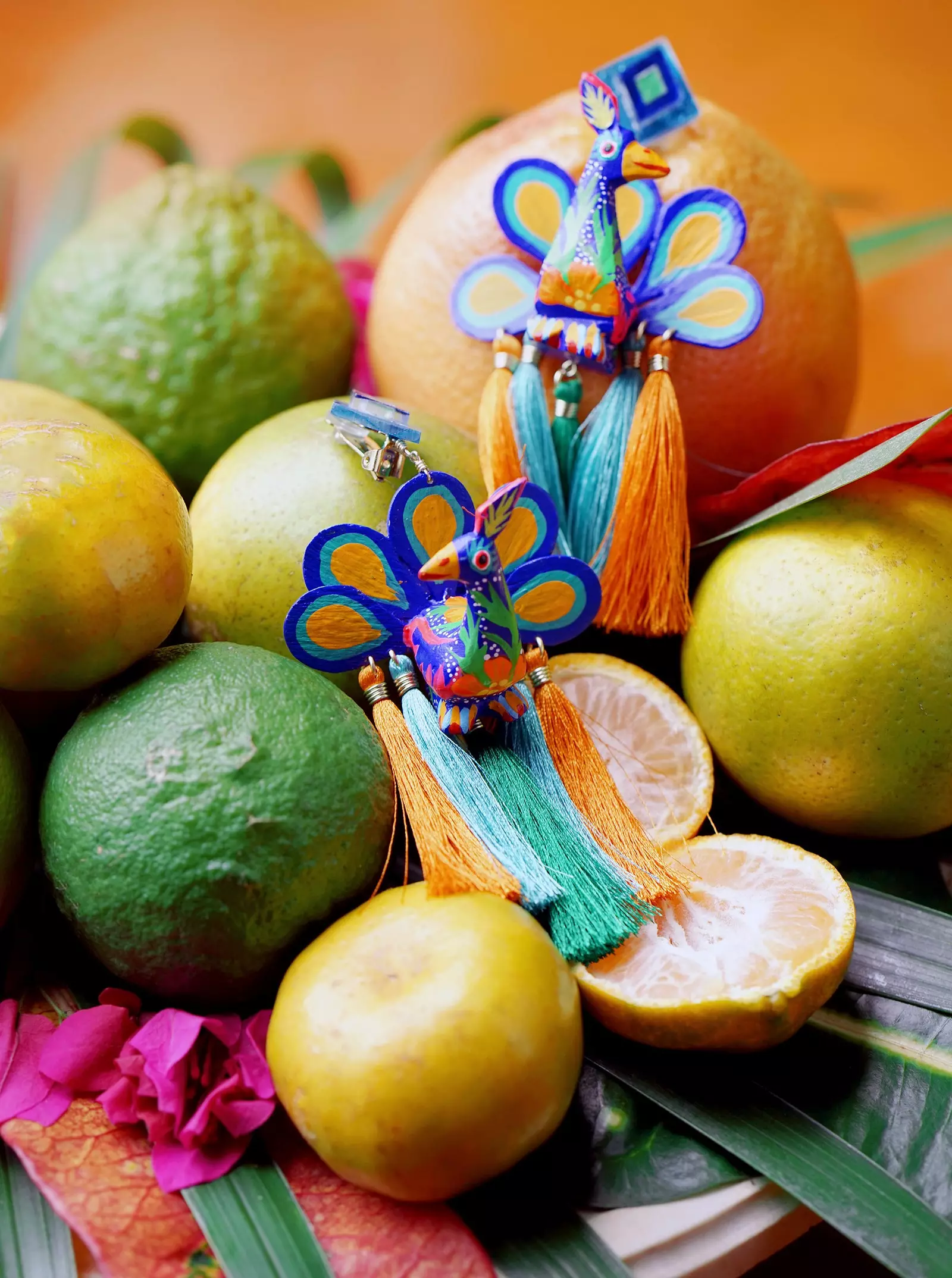
Souvenirs with soul
In fact, she tries to counter what happens with many of these pieces quite often. “Objects from Africa have been usurped, in terms of removing them and appropriating their identity,” Kakembo says. “I have seen West African textiles in Uganda. I have seen Juju hats, which are from Cameroon, in Cape Town markets. I don't expect the average traveler to know, but I do hope he asks the seller where the product comes from.”
Amy Yeung, Diné founder of Orenda Tribe, a New Mexico-based brand that transforms clothing from around the world and sells Native-made pieces, agrees. “If you are curious, if you want to introduce something beautiful in your life, find its history”, Yeung says. “People are used to searching before they buy. So do it find the description of what it is [before you buy it].”
If you have the context of a piece, tell them if you give it to someone else and be specific with what you know, encourage Kakembo. "If you've bought an item from a member of the Baganda tribe in Uganda, don't say, 'Oh, this is from Africa.'" He suggests including data on gift cards, so that these references can continue to be given if the object continues to travel the world. "Telling the story is a very powerful antidote to appropriation."
Kahanu, Kakembo and Yeung also stress the importance of the price you pay for something and to whom you pay it. Is the object you are looking for made by someone from the culture it represents? Is the seller from the community? Kahanu hopes that more destinations, including Hawaii, will adopt standardized methods of indicating when a work is done by natives, as they have done in Alaska with the Silver Hand or in New Zealand with the Toi Iho on pieces made by Maori artisans.
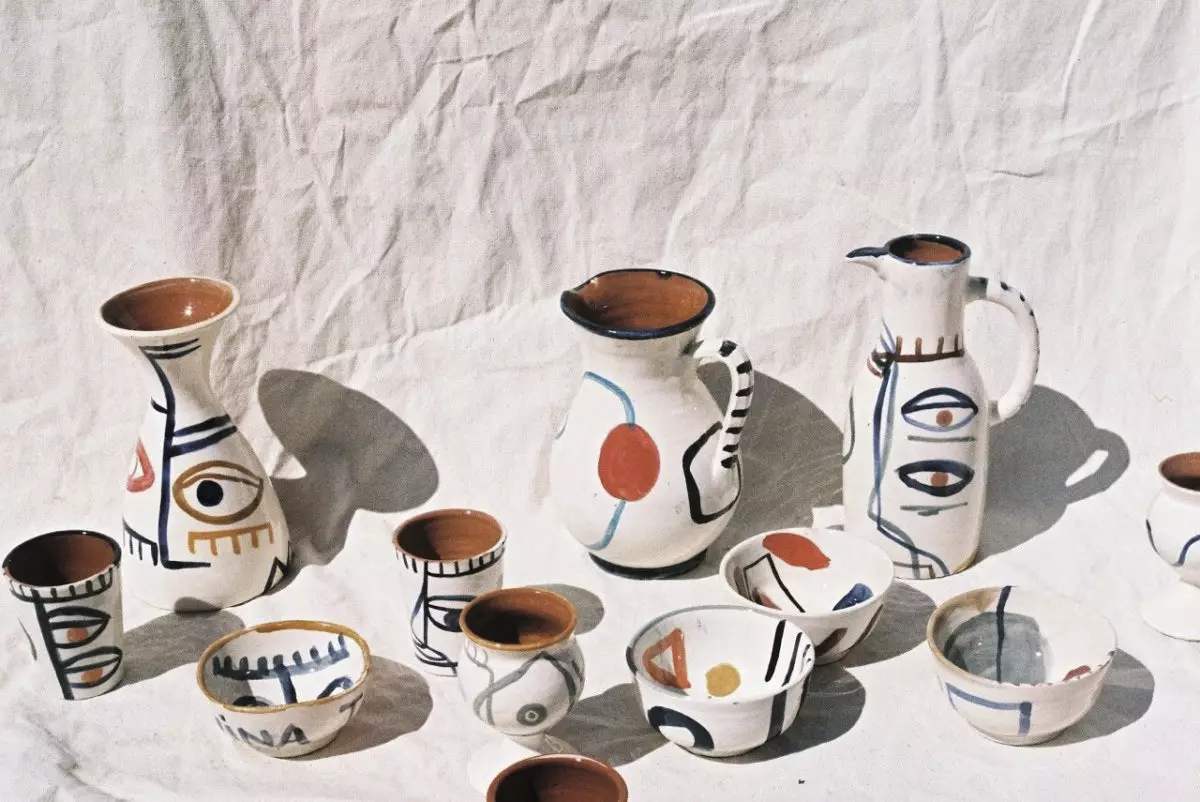
Don't come back from Marrakech without them
“If someone who is not native is selling a native piece, there is definitely a capitalist impulse behind it,” Yeun says. "And the sale price will be much higher than what will be paid to its producer." His team has just created a portal on the Orenda Tribe website where Diné weavers can sell their creations without having to go to markets or old-fashioned stalls that devalue the artists' time.
In recent times, all of them consider that the most important part of the discussion is the conversation itself. Anyone looking for clear rules of what is okay or not okay to buy or wear, based on who they are and where they are, won't find it. Kahanu and Kakembo, for example, say they are not sure that any objects, even ceremonial ones, should be off limits to travelers if proper knowledge and respect are present.
In this land of shades of grey, dialogue has proven to be more effective than making ugly. “We can't yell at people when they don't know something,” says Yeung. Instead, she encourages talk about what causes a lack of knowledge or distortion. She also often asks herself how she could play a more important role in educating others in the cultural norms and customs that she is aware of.
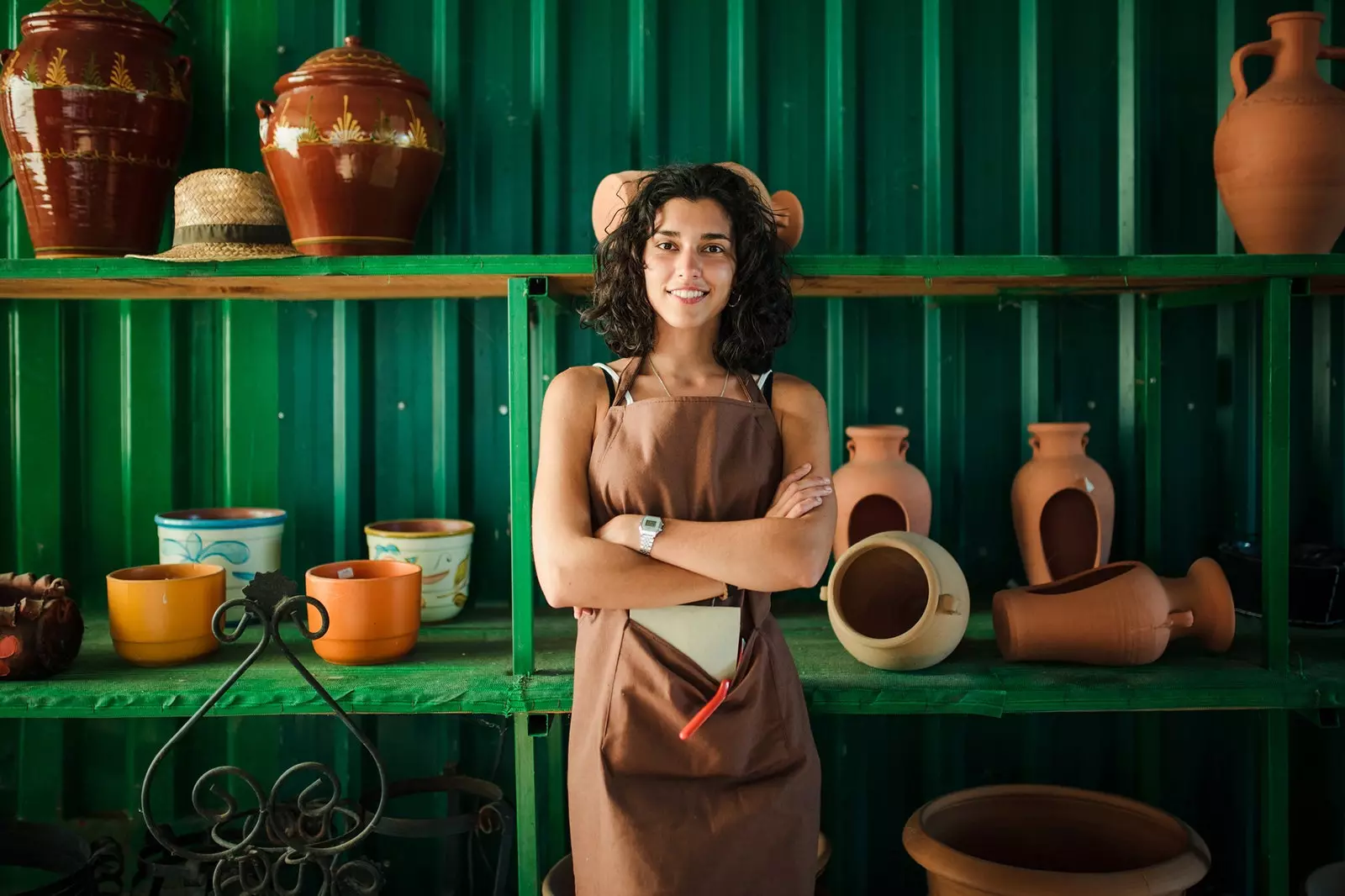
Think about whether what you are going to buy will support the local artist community
Long-term, It would no longer be just about how you buy the products, but how you continue to engage with them. "I think it's better to invest in something you care about and maybe it can hang on your wall or have a place on a shelf, rather than end up in a box," Kahanu explains. “The desire to have something [from a destination] can be really meaningful if you invest in going home with something worth showing and seeing.”
"If you get it properly and pay a fair price for it, then you can do what you want with it: just continue to respect the object." For someone with a genuine interest in the world, that's not too much to ask.
